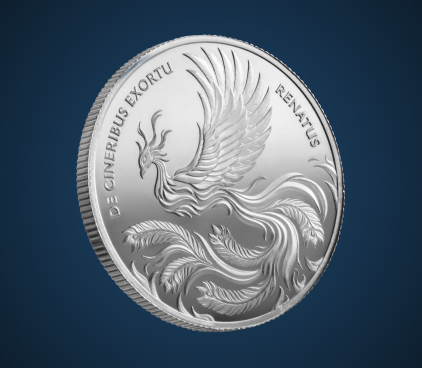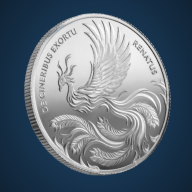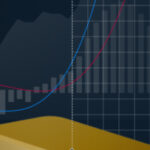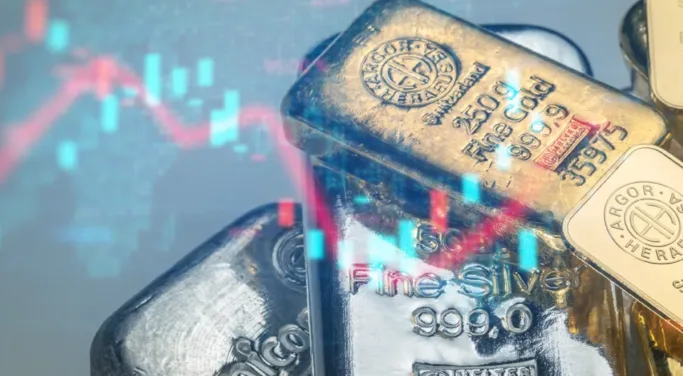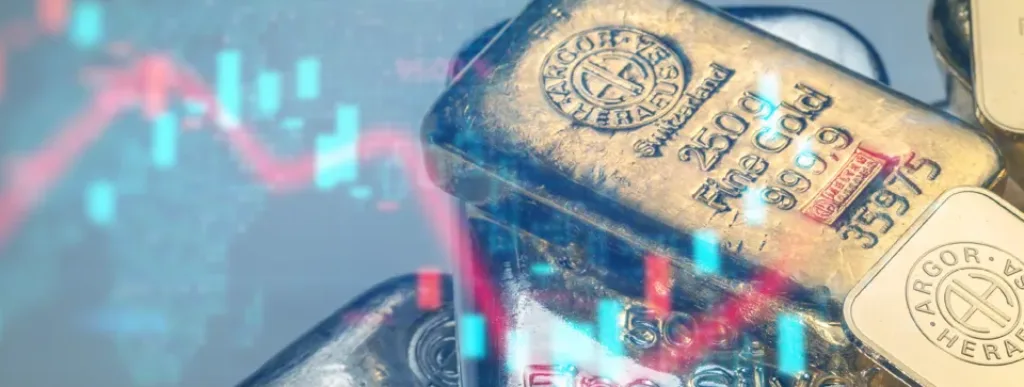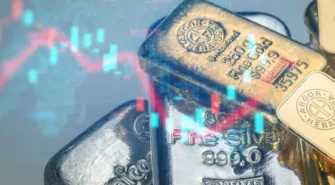Gold in July
Gold looks set for a period of steady decline with the theme of hawkish central banks set to continue into July. Despite central banks, notably the Federal Reserve, having implemented a series of interest rate hikes for over a year now, inflation remains some way of the 2% target in the majority of economies. As such, the Fed is now expected to implement a further increase when the committee meets at the end of July after pausing in June.
Trading on gold is likely to be characterized by investors’ prevailing view on what the Fed will do when it meets in July with every data point, most notably the latest US jobs data on July 7th and then the country’s inflation data due out on July 12th, analyzed for how that might affect the committee’s decision. Assuming the consensus remains that the Fed will nudge its benchmark rate up another 25 basis points, then gold will continue sliding downwards, albeit steadily.
Gold Price
The threshold of $1,900 an ounce is likely to be broken through in the early part of the month so the question will be how low will gold sink over the course of July? So far, the fact that gold has been able to trade at such historically high levels even in the face of interest rates above 5% illustrates how fragile market confidence remains, with investors seeking to partially hold onto the safety blanket that gold provides.
Macroeconomics
All the above assumes there is no change to the status quo, something that seems unlikely given the dramas that have been witnessed already this year, notably the US banking crisis in March and then the aborted coup in Russia in late June. However, assuming there is no fresh catalyst, the current macroeconomic environment points to a period of gold slipping slowly out of favour with the physical metal’s lack of yield at a time of rising rates likely to see interest-bearing asset classes preferred instead. (It is worth noting that Kinesis Money’s KAU gold-backed currency offers investors the best of both worlds, with the security of a physically-backed asset combined with a monthly dividend paid out to holders based on transactions using the currency in the previous month).
Central Bank Activity
One other side note for investors to keep an eye on is the amount of gold being held by central banks, particularly the recent regular buyers of the precious metal such as China, India and Turkey. Last year, the banks bought record volumes of gold so if this trend has continued in the first half of this year, that would help explain the solidity of the underlying support for gold and why the price has been able to hold up as well as it has so far.
So while gold looks set for a challenging period with the highs of May now being replaced with a price falling through $1,900 an ounce, the downside also looks well supported suggesting that gold could see out July still above $1,850.
Silver in July
Silver enters July with the spectre of more interest rate increases by central banks across the world hanging over its head. After a monthly decline in June, the macroenvironment as we enter July remains challenging for silver with June ending with a central bank forum in Portugal where bankers were unanimous in their hawkish rhetoric as they seek to bring stubbornly high inflation back down to their 2% target.
The US Impact On Silver
Given that the Federal Reserve’s switch to its aggressive policy of interest rate hikes back in April last year sparked the collapse of the price of silver from $19 down to below $16 over a series of months, the prospect of another rate hike to come in late July will be concerning for holders of silver. A matter of weeks ago, there was talk that the Fed may have come to the end of its interest rate hike cycle but now sentiment has turned with another increase forecast for July with another expected in September.
Fundamentals
In the face of this, silver is likely to slip down the pecking order of assets favoured by investors, despite the metal’s outstanding fundamental case with another silver heading for another supply deficit this year. Yet whereas for its precious metal peer gold, the argument for any short-term increase in its price is tough to make, there are more reasons to be positive for silver.
Supply, Demand & Macroeconomics
One reason why the Fed does have the confidence to keep on raising interest rates has been the durability of the jobs market in the face of these hikes. With the world’s largest economy remaining healthy and the need for silver only likely to increase as countries look to transition away from fossil fuel energy sources in favour of renewable ones, notably solar, that requires significant amounts of silver in the manufacture of photovoltaics, the physical demand for silver looks strong for many years yet.
As such, silver will have a natural floor below which its price shouldn’t sink. Noting the price action when silver neared $21 an ounce in June, that floor could be as high as $21, suggesting that while the short-term conditions may make huge gains unlikely, the price could instead be set for a period of sideways trading while it sucks up the upcoming hikes and holds out for more conducive times ahead.
Rupert is a Market Analyst for Kinesis Money, responsible for updating the community with insights and analysis on the gold and silver markets. He brings with him a breadth of experience in writing about energy and commodities having worked as an oil markets reporter and then precious metals reporter during the seven years he worked at Bloomberg News.
As well as market analysis, Rupert writes longer-form thought leadership pieces on topics ranging from carbon markets, the growth of renewable energy and the challenges of avoiding greenwash while investing sustainably.
This publication is for informational purposes only and is not intended to be a solicitation, offering or recommendation of any security, commodity, derivative, investment management service or advisory service and is not commodity trading advice. This publication does not intend to provide investment, tax or legal advice on either a general or specific basis.







